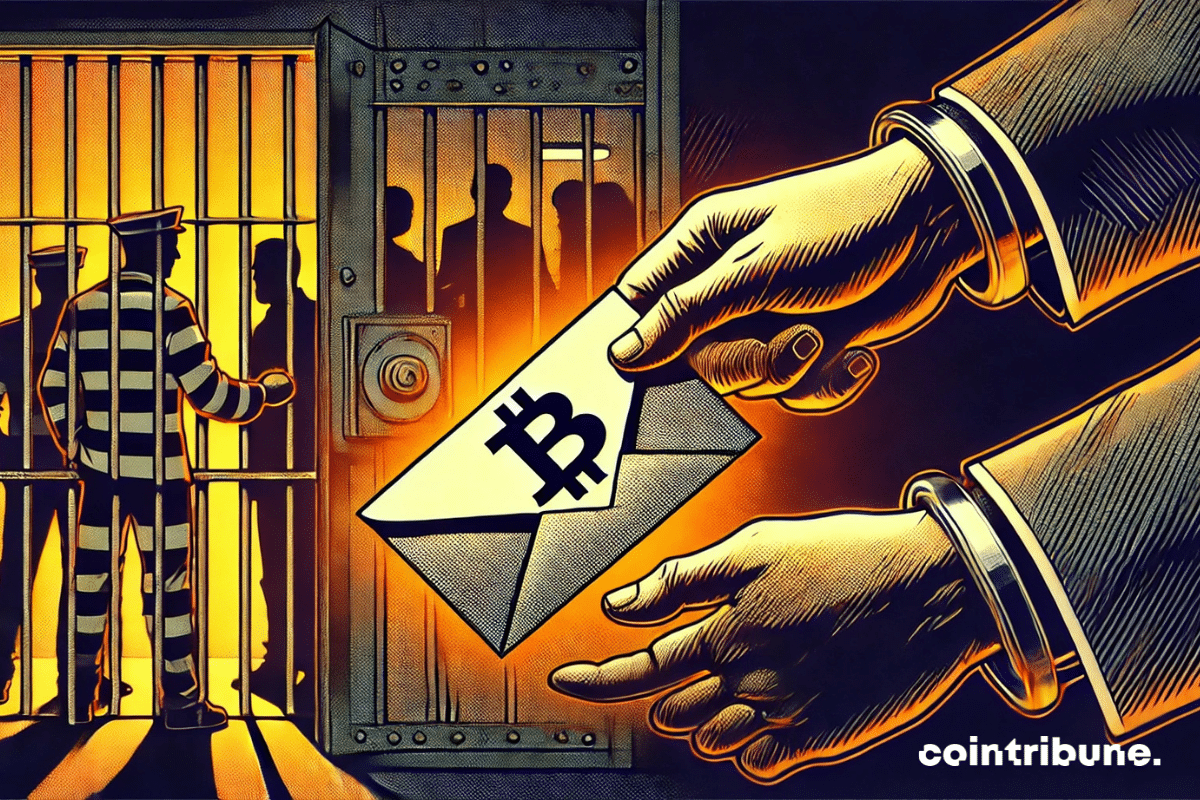Pi Network set to revolutionize crypto? The numbers are skyrocketing and experts are in a frenzy! All the details in this article.
Archive 2025
Michael Saylor proposes a bold vision: the United States should acquire 20% of the circulating bitcoins. In a speech at CPAC, he stated that such a strategy could not only strengthen the dollar but also help pay off the national debt. Behind this financial ambition lies a geopolitical struggle where every major power seeks to assert itself in the digital economy of tomorrow.
A model employee? Rather an illusion. Behind her Excel files, Ho Kai Xin embezzled 5.7 million in crypto. The Singaporean justice system offers her a 10-year stay behind bars.
A recent survey conducted by Independent Reserve reveals that only one third of Australians consider Donald Trump a positive figure for the cryptocurrency sector, despite the significant rise in Bitcoin since his election. This study comes at a time when Trump’s pro-crypto promises are reshaping the American digital landscape.
On February 21, 2025, Bybit, one of the leading cryptocurrency exchange platforms, revealed that it had fallen victim to a sophisticated cyberattack. According to an official statement, a cold wallet holding Ethereum (ETH) was compromised, allowing an attacker to transfer $560 million to an unidentified hot wallet. This incident highlights the security challenges faced by exchanges in the crypto universe.
Bitcoin continues its spectacular rise in early 2025, reaching $98,404 on major exchange platforms. This increase comes against a backdrop of growing institutional adoption and promising technical signals, as traditional markets like gold and the S&P 500 also set new records.
The American economy is facing a dynamic that could disrupt the existing balances: demand for long-term Treasury bonds is weakening, calling into question the strength of the dollar and fueling new economic uncertainties. As the Federal Reserve remains committed to a delicate monetary policy and inflation struggles to slow down, Bitcoin finds itself at a strategic crossroads. Historically viewed as a speculative asset, it is now seeing its status evolve as some U.S. states consider incorporating it into their reserves. The central question is thus: will Bitcoin suffer the effects of this uncertainty or will it seize the opportunity to assert itself as an alternative safe haven?
Financial markets do not only react to numbers but also to the feelings and expectations of investors. In the crypto universe, where volatility is the norm, every signal emitted by a major institution can influence trends. This time, it is JPMorgan that makes a splash: the American bank believes that the Bitcoin and Ethereum markets are facing an increased bearish risk due to a disengagement of institutional investors. Such an analysis is based on the evolution of CME futures contracts, which show signs of critical weakness.
On February 21, 2025, the crypto exchange platform Bybit fell victim to an unprecedented hacking incident, resulting in the loss of over 1.4 billion dollars in digital assets. This incident marks the largest theft in the history of cryptocurrencies, far surpassing previous major hacks.
The former CEO of FTX, sentenced to 25 years in prison for massive fraud, is attempting a bold approach to regain his freedom. His parents are actively campaigning with the Republican camp to obtain a presidential pardon from Donald Trump.









